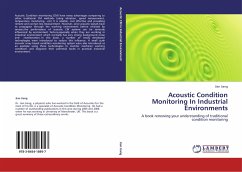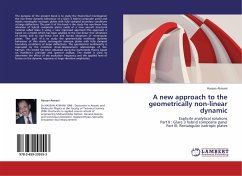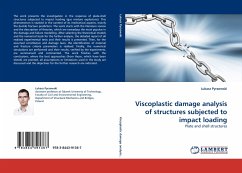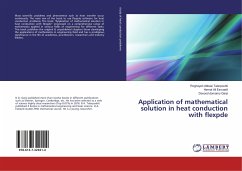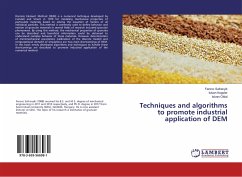
Techniques and algorithms to promote industrial application of DEM
Versandkostenfrei!
Versandfertig in 6-10 Tagen
24,99 €
inkl. MwSt.

PAYBACK Punkte
12 °P sammeln!
Discrete Element Method (DEM) is a numerical technique developed by Cundall and Strack in 1979 for modeling mechanical properties of particulate materials based on solving the equation of motion of all individual particles. This method is commonly used to define behavior and motion of granular materials in several fields of research included granular phenomena. By using this method, the mechanical properties of granules can be described and beneficial information could be obtained to understand complex behavior of these materials. However determination of micromechanical parameters (calibratio...
Discrete Element Method (DEM) is a numerical technique developed by Cundall and Strack in 1979 for modeling mechanical properties of particulate materials based on solving the equation of motion of all individual particles. This method is commonly used to define behavior and motion of granular materials in several fields of research included granular phenomena. By using this method, the mechanical properties of granules can be described and beneficial information could be obtained to understand complex behavior of these materials. However determination of micromechanical parameters (calibration of the discrete model) and computational demand of simulations are two main shortcomings of DEM. In this book newly developed algorithms and techniques to handle these shortcomings are described to promote industrial application of the numerical method.





